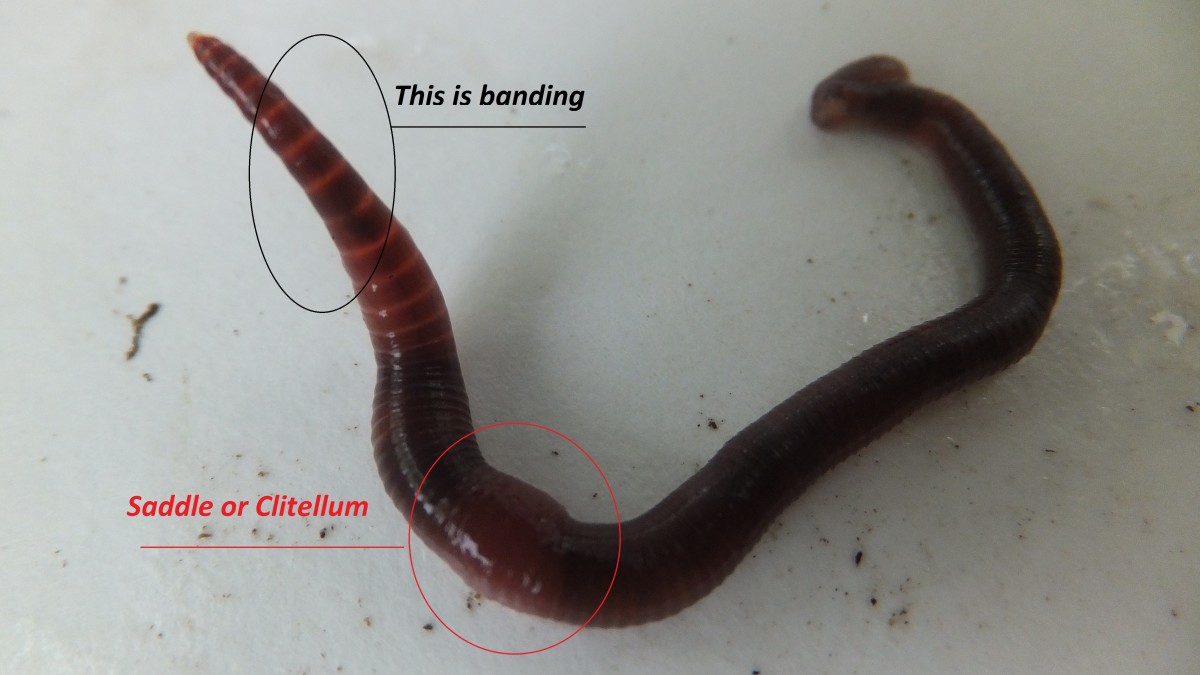Red Wiggler Express: High-Quality Worms Delivered Fast
Red Wigglers: The Unsung Heroes of Organic Waste Recycling
Red wigglers, or Eisenia fetida, offer as important agents in the natural waste reusing process, transforming thrown out products into beneficial vermicompost. As the globe significantly looks for options to battle waste buildup and enhance farming efficiency, comprehending the duty of these worms ends up being vital.
What Are Red Wigglers?
The amazing strength of red wigglers, medically called Eisenia fetida, highlights their crucial duty in organic waste recycling. These little, reddish-brown earthworms are usually found in decaying raw material, such as compost heap and manure lots. Lake Hickory Bait. Unlike other earthworm varieties, red wigglers flourish in nutrient-rich environments and are very effective at damaging down natural products, making them vital for vermicomposting

(Red Wiggler Express)In enhancement to their role in waste decrease, red wigglers contribute to dirt wellness by improving dirt framework and aeration through their tunneling tasks (Lake Hickory Bait). Their presence in composting systems not just boosts decomposition rates however also promotes a lasting method to throw away monitoring, highlighting their relevance in environmental preservation initiatives
Advantages of Composting With Worms
Composting with worms, especially red wigglers, supplies numerous advantages that improve both waste monitoring and dirt health. First, these worms effectively break down organic waste, converting it into nutrient-rich vermicompost that enhances dirt. This procedure increases decay, enabling a quicker recycling of cooking area scraps and other natural materials compared to standard composting approaches.
Additionally, the vermicompost created by red wigglers is including advantageous microbes, which assist enhance dirt structure, oygenation, and dampness retention. This enhances the total health and wellness of plants, promoting energetic growth and increased yields in yards and farming setups. Furthermore, the usage of worms in composting lessens the production of greenhouse gases, such as methane, contributing to a more sustainable waste monitoring system.

Just How to Begin Vermicomposting
Developing a vermicomposting system is a straightforward process that can produce substantial benefits for both waste administration and dirt enrichment. To start, select a suitable container, such as a plastic bin or wood box, with ample ventilation holes to make sure correct air movement. The measurements ought to ideally be about 2 feet by 3 feet, enabling adequate space for the worms to flourish.
Next, prepare bedding material, which can consist of shredded paper, cardboard, or coconut coir. This bed linen needs to be dampened to develop an ideal environment for the worms. Once the bed linen remains in location, introduce red wigglers (Eisenia fetida) into the bin, typically around one pound of worms for every square foot of surface.
Adhering to the placement of worms, include natural waste, such as fruit and veggie scraps, coffee premises, and crushed eggshells. Avoid adding dairy, meat, or oils, as these can develop smells and bring in parasites. Position the container in a shaded, temperature-controlled location to preserve ideal conditions for worm task. With these actions, you will properly start a vermicomposting system that contributes to sustainable waste management and enriches your dirt.
Preserving a Healthy And Balanced Worm Bin
(Red Wiggler Express)Maintaining a worm bin thriving needs routine focus and treatment to ensure the wellness of the red wigglers and the efficiency of the composting procedure. Appropriate upkeep begins with keeping an eye on the moisture levels; the container ought to perspire however not saturated. A great guideline is to keep an uniformity comparable to a wrung-out sponge.
Oygenation is crucial. Carefully blending the bedding and food scraps every few weeks protects against compaction and guarantees that all worms have accessibility to oxygen. Additionally, it is essential to feed the worms appropriately. A well balanced diet regimen of vegetables and fruit scraps, coffee grounds, and smashed eggshells need to be used in small amounts to prevent overfeeding, which can lead to odors and bugs.
Temperature guideline is an additional essential aspect. Red wigglers grow in a variety of 55 to 77 levels Fahrenheit. If the container comes to be also warm or cool, the worms might end up being stressed out - Lake Hickory Bait. Last but not least, occasionally look for signs of health, such as worm population growth and the presence of healthy castings. By diligently managing these variables, one can keep a durable and effective worm container.
Effect On Lasting Living
The successful upkeep of a worm container not only benefits the health and wellness of red wigglers but also adds published here significantly to lasting living techniques. By recycling organic waste, such as kitchen scraps and backyard particles, red wigglers help divert substantial quantities of material from land fills. This decrease in waste not just reduces greenhouse gas discharges but additionally lessens the environmental burden related to waste monitoring.
In addition, the castings produced by red wigglers act as a nutrient-rich natural fertilizer, enhancing dirt health and wellness and promoting plant development. This all-natural option to chemical fertilizers supports lasting farming and gardening practices, reducing dependence on synthetic inputs that can hurt communities. Furthermore, worm composting cultivates understanding of waste monitoring, motivating people and communities to take on more lasting habits.

Verdict
In summary, red wigglers offer as essential contributors to organic waste recycling through their effective disintegration of natural materials. Their ability to create nutrient-rich vermicompost improves dirt health and sustains lasting farming techniques. By integrating vermicomposting right into waste monitoring approaches, people and areas can significantly decrease waste while promoting environmental sustainability. The role of Eisenia fetida in promoting healthy environments highlights the relevance of these microorganisms in attaining lasting living and improving soil fertility.